November: Moon of the hunt, and of hunkering down
Frontenac State Park Association newsletter
November 2025 (Vol. 3, No. 11)
Comments, contributions, compliments, complaints? Reach your newsletter editor at pamelamarianmiller@gmail.com.
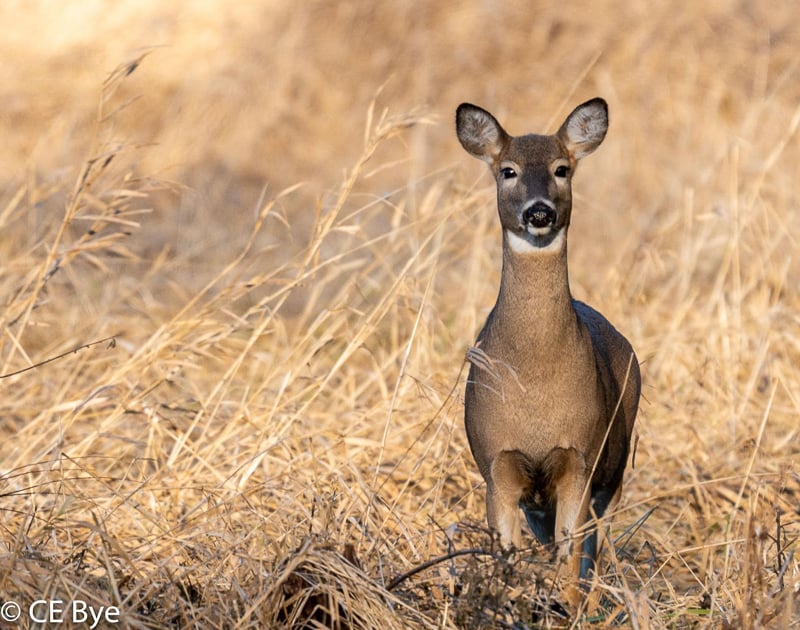
November: Moon of the hunt, and of hunkering down
One sparkly night it’s Halloween and you’re sneaking a few of those diminutive, overpriced Almond Joys you bought even though (and perhaps because) you know kids don’t prefer them. The next morning you wake up and it’s — November.
November is a no-nonsense month, starting out with Dia de los Muertos, that macabre, merry reminder that we’re all doomed, and ending with snow and cold fierce enough to remind us that we are still very much alive, and that we better start dressing in layers if we want to stay that way.
In between, it’s an outstanding month to go take a hike, especially along Frontenac State Park overlooks. With foliage diminished, you can see all the way to Wisconsin, or if you hate the Packers and prefer, to Wacouta or Lake City. (It’s also easier to spot White Lightning, the legendary escaped goat that lives on Rattlesnake Bluff, in this time of sparse foliage and before it snows.)
And if we’re blessed with some early wintry weather — please, weather gods, can we get some real snow this year? — the park will groom its stellar cross-country ski trails, and/or you can head into the woods on snowshoes.
You can even keep on camping, though the park’s water will be turned off to prevent frozen pipes. But vault toilets are always open, and a year-round frost-free water spigot is available behind the wood shed at the ranger station. By the way, the office there is open from 10 a.m. to 3 p.m. on Fridays, Saturdays and Sundays during the cold season. Stop by for a winter trail map, cool souvenirs (holiday gifts!), or just to chat with an affable and knowledgeable ranger or park staffer.
Depending on the weather, late fall is also a primo time for prescribed burns on park prairie patches, so don’t be alarmed if you see smoke rising from the fields on chilly mornings. And on Nov. 22-23, the park will be closed for its annual deer hunt. Read on for more events and tales of flora and fauna in our beloved park.
Saturday, Nov. 8, 9-11 a.m.: Guided Sand Point bird walk with Minnesota Master Naturalist volunteers Janet Malotky and Steve Dietz. Meet at the Sand Point Trail parking lot at the southern intersection of Hwy. 61 and County Rd. 2. Walk through the riparian forest and along the beach to Sand Point for late fall migration. We will look for various waterfowl, including large flocks of Common Mergansers and Common Goldeneyes as well as Bald Eagles. Bring binoculars. The trail is well maintained and flat. The full loop is approximately 2 miles long, but you can head back whenever you need to. Questions? Email janetmalotky@gmail.com.
Thursday, Nov. 13, 2 p.m.: Quarterly meeting of Frontenac State Park Association. To be held at 2533 Eagle Ridge Drive. (Note that the time and location of this meeting have changed in the past month.)
Saturday and Sunday, Nov. 22-23: Park closed for annual deer hunt.
Friday, Nov. 28, 10 a.m.-noon: Gratitude/forest bathing walk with interpretive naturalist Sara Holger. Meet at the park’s main picnic shelter. Forest bathing, a guided therapeutic practice that originated in Japan, involves quiet contemplation and observation in a natural setting. For those who haven’t experienced Sara’s sessions, we highly recommend them.
Friday, Nov. 28: Free day at the park; admission waived.
Sunday, Dec. 6, 9-11 a.m.: Guided Prairie Loop bird walk. Meet at the Frontenac State Park ranger station parking lot. We will take a short prairie loop to look for year-round residents such as Pileated Woodpeckers, identify some over-wintering sparrows, such as White-throated Sparrows and Eastern Bluebirds, and perhaps see some late-migrating waterfowl overhead. Sometimes it's mostly just beauty. Bummer. ❄️ Questions? Email janetmalotky@gmail.com.

About our Prairie Dreams quilt program
There has been a tremendous response to our call for nature-themed quilts to be displayed next year in our Prairie Dreams: Trail of Quilts program, with more than 150 people requesting the challenge materials. That’s more than double our original goal. The call is now closed, but put June 13, 2026 on your calendar for this unique one-day display at Frontenac State Park. Stay tuned for more details.

Bird note: Fantastical pheasants
By Janet Malotky, Minnesota Master Naturalist volunteer
I perched on a stool next to my dad in the back yard. He wore a grim expression, so I furrowed my brow. The limp body of a Common Pheasant (formerly called the Ring-necked Pheasant) lay across each of our laps, and I copied his hand motions to pluck the beautiful feathers from my bird. They fell in a shower at our feet.
This was a teeth-gritting task for me as a child and I did it only once, but I wanted to be as brave as Dad. My reward was a fistful of those extraordinary feathers, possibly the most extraordinary feathers from the most exquisite bird native to our state.

But wait a minute — even though they’re commonly seen in fields and roadside verges, the Common Pheasant is not native to our state. Nor is it native to our country. Not even to the continent!
The birds originated in Asia, and per Kit Oldham from HistoryLink.org, most of “our” birds are descended from three small batches of pheasants shipped from Shanghai, China, to Oregon between 1881 and 1884 by Owen and Gertrude Denny. While Owen was the United States consul to Tientsin, China, they fell hard for the birds’ beauty, but even more so for their sport and culinary possibilities. Once they knew they had a successful breeding introduction in Oregon, they advocated for rules to prohibit hunting until the population reached sustainable numbers. Reportedly, 50,000 birds were taken during the first legal hunt.
Common Pheasants successfully spread across the nation. South Dakota even designated pheasants as its state bird. Though their numbers dropped by about 27% from 1966 to 2019, pheasants are low on the list of species of concern. They’re prolific breeders, with each hen in a harem (one guy defending several gals) laying seven to fifteen eggs once or twice each summer. The hen makes her nest on the ground in a shallow depression crudely lined with surrounding vegetation and, charmingly, a few feathers plucked from her own breast. The fuzzy chicks follow mom right out of the nest on hatching day and feed themselves from the get-go. They stick by her side, learning to eat the seeds, shoots, berries and insects that will make up their diet going forward.
Threats to breeding success are mostly related to human activity such as pesticide use, nest damage due to harvest before hatching, collisions with cars, and actions that result in habitat loss.
Nowadays, whenever I walk the Prairie Trail in Frontenac State Park, I can count on hearing the loud, harsh, two-part squawk of a pheasant in the field. They breed here and stay all winter. They’re a frequent and thrilling sight along the park road up toward the overlook, where I recently saw eight feeding together on the roadside.
I recall fall tramps behind my dad through cornfields, our dog, Nugget, nose to the ground, running on ahead. Then the sudden cackling of a pheasant flushed straight up into the air, and the following shot. These days I hunt them with my binoculars rather than a gun. And even though we currently frown on the introduction of non-native species into an environment, I so appreciate the beauty of pheasants in our park.

Notes from the field: Habitat, not litter
By Steve Dietz, Minnesota Master Naturalist volunteer
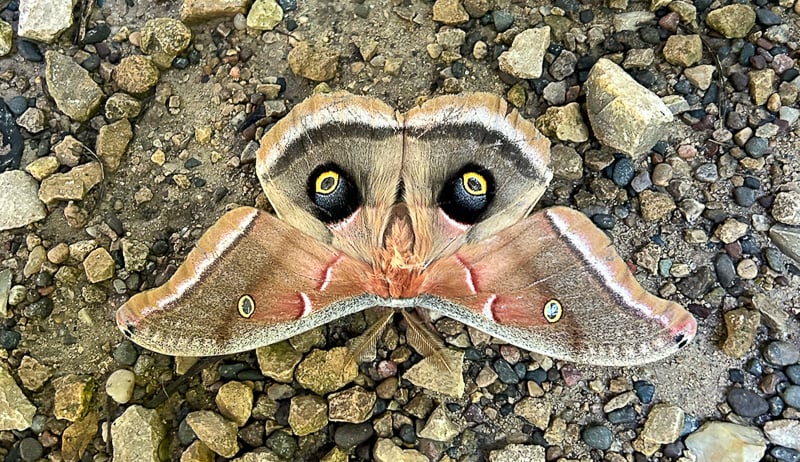
Minnesota is home to 146 butterfly species and 2,000 to 2,500 moth species! In June of last year, a Polyphemus moth (Antheraea polyphemus) was recorded in the Frontenac State Park campground. The Polyphemus is not uncommon. It can be found in all 50 states except Arizona and Nevada — not a desert lover, apparently. Its name refers to the cyclops Polyphemus of Greek mythology, referencing its two enormous eye spots. Polyphemus moths have only vestigial mouths and live less than a week, mating the same day they hatch from their cocoons.
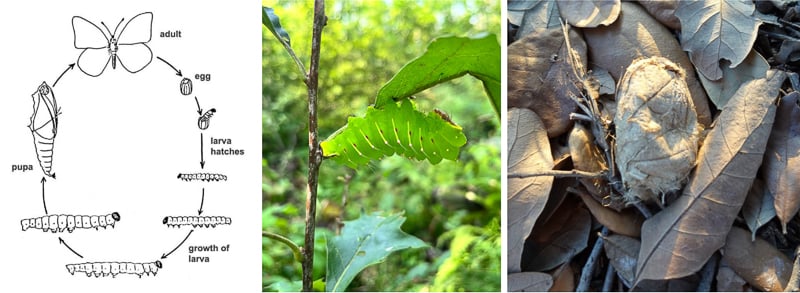
Moths, like butterflies and many insects, have complex life cycles. They have different needs at different times, and are sensitive to environmental conditions. The female Polyphemus moth lays its eggs on a suitable host plant. The center image above shows a Polyphemus moth as a caterpillar which, when fully grown, wraps itself in a cocoon of silk, usually also incorporating a host leaf for disguise. Eventually the leaf-wrapped cocoon falls off the plant to join the leaf litter on the ground. There it matures and hatches, mates and then dies a few days later. Amazing.
In the park, the Polyphemus moth life cycle, while fleeting, is well supported with plenty of host plants and undisturbed leaf litter. As with many insects, however, moths face obstacles due to human development, from habitat loss to light pollution to pesticides.
One particular issue is the country’s manicured lawns. According to NOAA, more surface area is devoted to lawns than to any other single irrigated crop in the country. Lawns appear to cover more than three times the number of acres as irrigated corn!
This fall, consider if there are areas of your property where you can leave the fallen leaves alone. And where you want to maintain your lawn, consider not bagging your leaves for removal or chopping them up in the lawnmower — many critters like the Polyphemus moth that rely on leaf litter will also be chopped up. Consider raking leaves onto your garden or into a corner to form a nutritious mulch.
You may not see the overwintering butterflies, moths, bees, fireflies and other insects, but they are likely there. You will appreciate them when they survive into their mature forms, and birds, especially, will appreciate them to feed their young and to bulk up for migration. Test your naturalist eye for these hidden treasures with a “leaf litter safari” from the National Wildlife Federation.
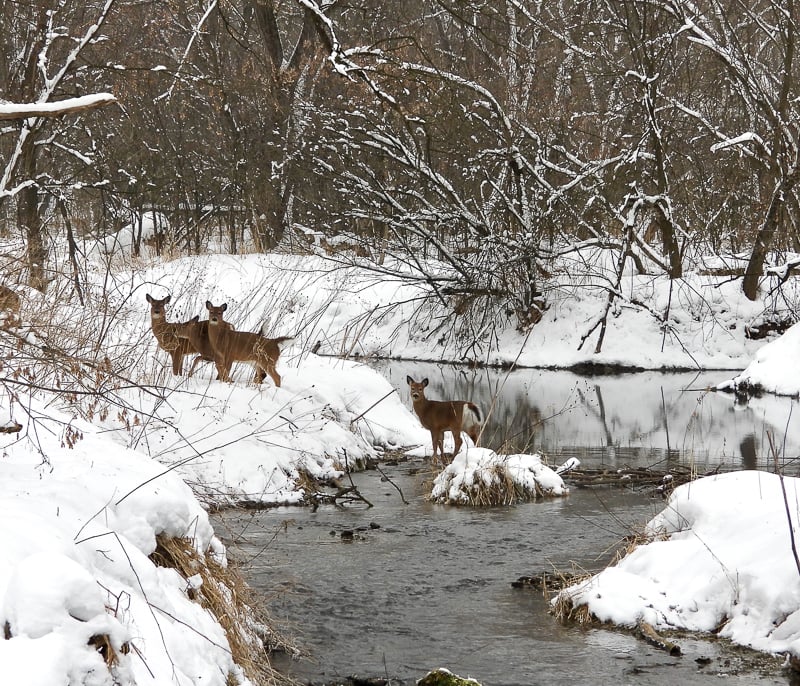
Creature feature: The white-tailed deer — awe or argh?
By Pamela Miller, Minnesota Master Naturalist volunteer
Most Minnesotans, especially those who live in rural and suburban areas, have a love-hate relationship with the white-tailed deer (Odocoileus virginianus). These graceful creatures are a constant reminder that we live among wild things. There’s nothing more heart-warming than finding a newborn fawn, small as a cat, curled in the woods or your yard, soon to wobble away behind its mother. At twilight, deer are beautiful as they graze in summer and winter fields.
And urban Minnesotans may have a hard time fathoming how important the annual deer hunt is in our region. It fills freezers (especially important these days — have you seen the price of hamburger, Mabel?), hones outdoor skills and appreciation of the wild, bonds friends and families, and helps keep the deer population at a healthy number.
And then there’s that stupid, doomed deer running smack into your car on Hwy. 61 or County 2, and the havoc they wreak in our yards and gardens. They mangle apple trees, flowers, hostas, tomato buds, bean plants, grapevine leaves and lots of other good stuff. (Hot tip: They totally leave tomatillos and horseradish alone — surely you can make some kind of hot dish out of those two things.) They head-butt your bird-feeders and leave little souvenirs right where you want to park your lawn chair. They’re often just too much of a good thing.
Thus, the hunt. As mentioned above, Frontenac State Park will be closed Nov. 22-23 for its annual deer hunt, when registered hunters will take out 30 or more deer, thus ensuring enough space and sustenance for those that remain, and slightly safer roads.
November is a good time to revisit a few fun facts about these ubiquitous creatures:
A typical whitetail will spend most of its life within a square-mile range, which is why you often see the same ones in your yard.
Deer are color-blind, so can’t spot hunters’ orange garb. But they can detect the slightest movement. “Even the blinking of a human eyelid can be enough to send the alerted deer streaking off,” writes Leonard Lee Rue III in “The World of the White-Tailed Deer.” Their hearing and sense of smell are exceptional, too. They prefer to feed facing into the wind, allowing swifter detection of danger. And you’ll notice deer heads popping up when crows, blue jays or squirrels begin to chatter loudly in response to intruders.
A deer’s highly evolved hoof gives it traction in woods and on rocks, but it’s useless on sheer ice, which is why a deer chased onto a frozen lake by wolves or coyotes is almost always doomed. That hoof also can serve as a weapon against snakes and predators, and is the reason a hunter should be wary when approaching a wounded deer. During the rutting season, big bucks often drag their feet, leaving distinctive lined tracks in shallow snow, while daintier does leave pretty hoof-dots.
Yearling bucks are called “button bucks” because their antlers are only nubs at that point. In their second year, the antlers usually become spikes. By the third year, the antlers branch.
Fawns are generally born in May. As birth approaches, does will shoo away yearlings still tagging after them. As soon as a fawn is born and can stagger to its feet, the mother will lead it away from the place of birth, which is easily detectable to predators by scent. Newborn fawns curl motionless and alone as does leave them to forage, returning several times in a 24-hour period to nurse them. People often worry when they see a newborn fawn wobble off on its own, but no need – the mother can easily track it because of a scent gland in its wee hoof.
Deer aren’t silent. A fawn will bleat, and older deer emit a ridiculous high-pitched snort when they’re warning others of intruders. They also stamp their feet to warn of danger.
Does often look downright ratty in late spring, thin after feeding fawns and with their winter coats shedding. By mid-summer, they’ll have new, reddish coats and be a bit more portly.
What do deer eat? You have to ask? Almost everything! These vegetarian ruminants require 10 to 12 pounds of food a day, most of it from your garden.
Testosterone-addled bucks famously go bonkers during the rut, and aren’t above challenging a human who’s right in their way. But mostly they thrash each other, sometimes leading to a spooky find in the spring — two buck skeletons locked together by their antlers.
We could go on with more fun facts — the natural history of deer in Minnesota; their current troubles, including the ravages of chronic wasting disease; hunting info; tips on keeping them out of your garden, and so on. Read on in many places, including Minnesota Department of Natural Resources webpages, Wikipedia, nature and hunting magazines, and lots of books available in your local library, including the aforementioned “The World of White-Tailed Deer.” Our own science essayist Steve Dietz also wrote a great one on how deer affect their environment in our November 2023 issue; check it out.
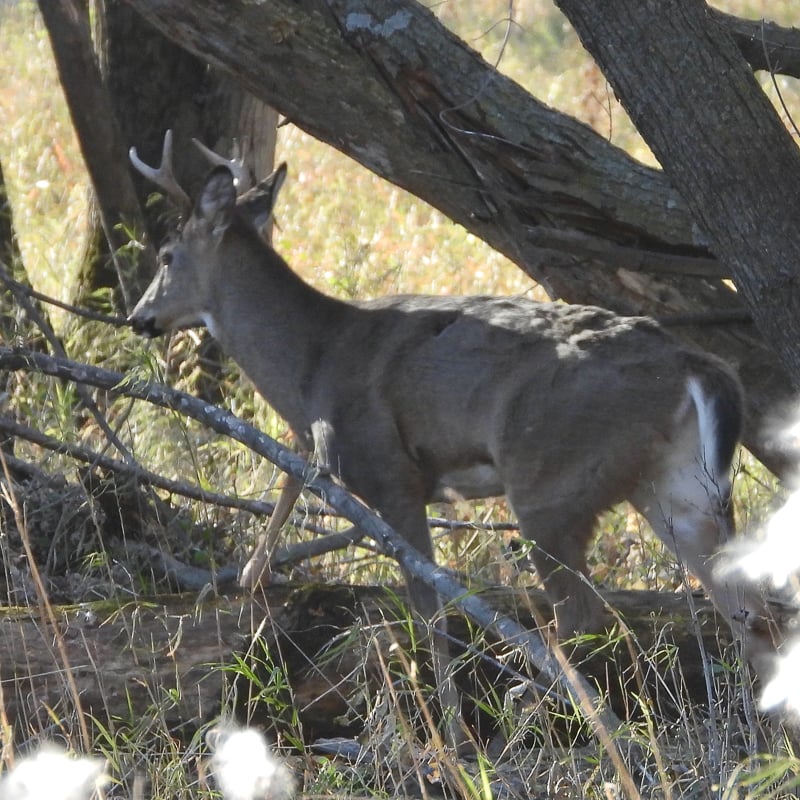
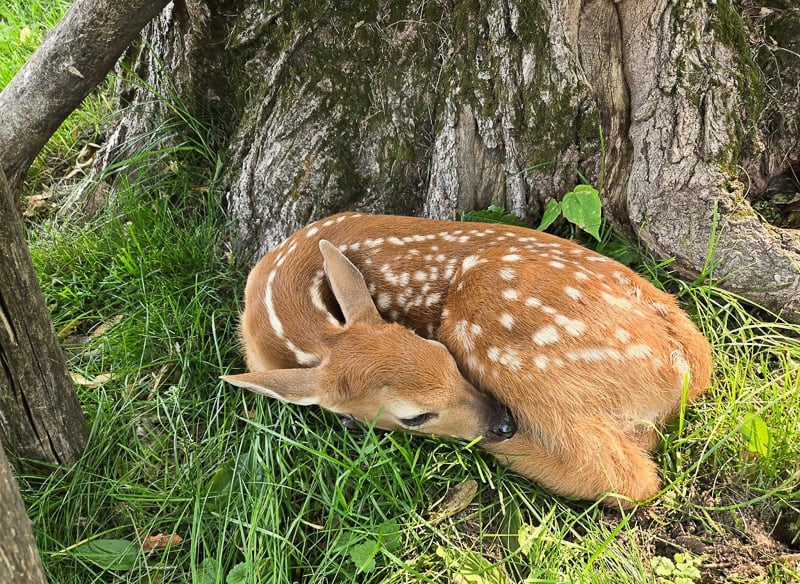
Sexual cannibalism as a survival mechanism?
Yes! Don’t block us!
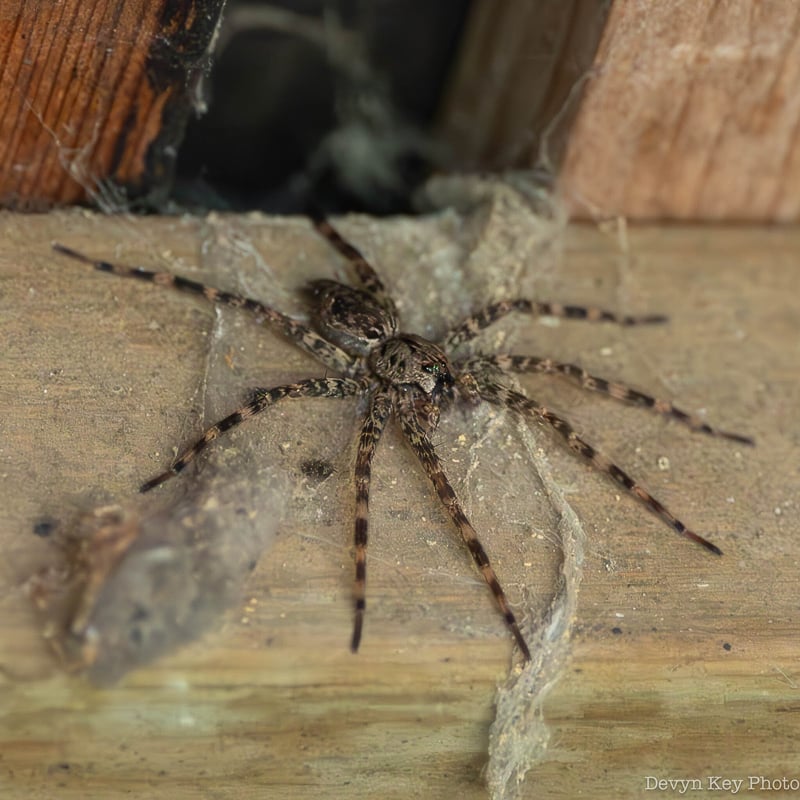

The beauty around us: Notes from Bruce Ause
Interpretive naturalist and treasured friend of the park Bruce Ause has granted us permission to feature his blog entries in our newsletters. Most recently, we loved his observations about migrating birds, his puzzlement over pheasants being so ubiquitous when coyotes are too, and a cool video of a bobcat sighting in the Wacouta area, just north of the park. Check it out.
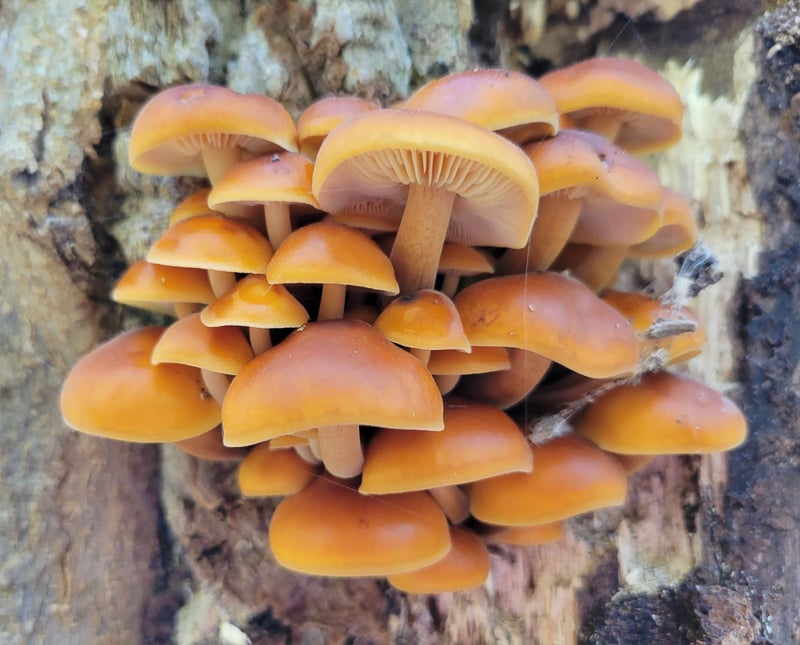
Poem of the month
“The Snowfall Is So Silent”
By Miguel de Unamuno (Spanish, 1864-1936)
Translated from the Spanish by Robert Bly
The snowfall is so silent,
so slow,
bit by bit, with delicacy
it settles down on the earth
and covers over the fields.
The silent snow comes down
white and weightless;
snowfall makes no noise,
falls as forgetting falls,
flake after flake.
It covers the fields gently
while frost attacks them
with its sudden flashes of white;
covers everything with its pure
and silent covering;
not one thing on the ground
anywhere escapes it.
And wherever it falls it stays,
content and gay,
for snow does not slip off
as rain does,
but it stays and sinks in.
The flakes are skyflowers,
pale lilies from the clouds,
that wither on earth.
They come down blossoming
but then so quickly
they are gone;
they bloom only on the peak,
above the mountains,
and make the earth feel heavier
when they die inside.
Snow, delicate snow,
that falls with such lightness
on the head,
on the feelings,
come and cover over the sadness
that lies always in my reason.

Interested in joining the FSPA?
If you are a member, thank you! You help us pursue our mission of supporting this treasured park in myriad ways.
If you’d like to join us, we’d be honored to have your support. Dues are $25 per year for an individual, $35 for dual/family membership. Here’s a link with signup information.
A reminder that joining us occasionally to help with volunteer efforts is awesome too, even if you’re not a member. The FSPA’s goals are to support Frontenac State Park activities and share our love of this beautiful park with as many people as possible.
To sign up to regularly receive this free, spam-free monthly newsletter, click on “Subscribe” below. Feel free to send questions or comments to your newsletter editor at pamelamarianmiller@gmail.com. Questions about the FSPA? You can reach FSPA president Steve Dietz at stevedietz@duck.com.
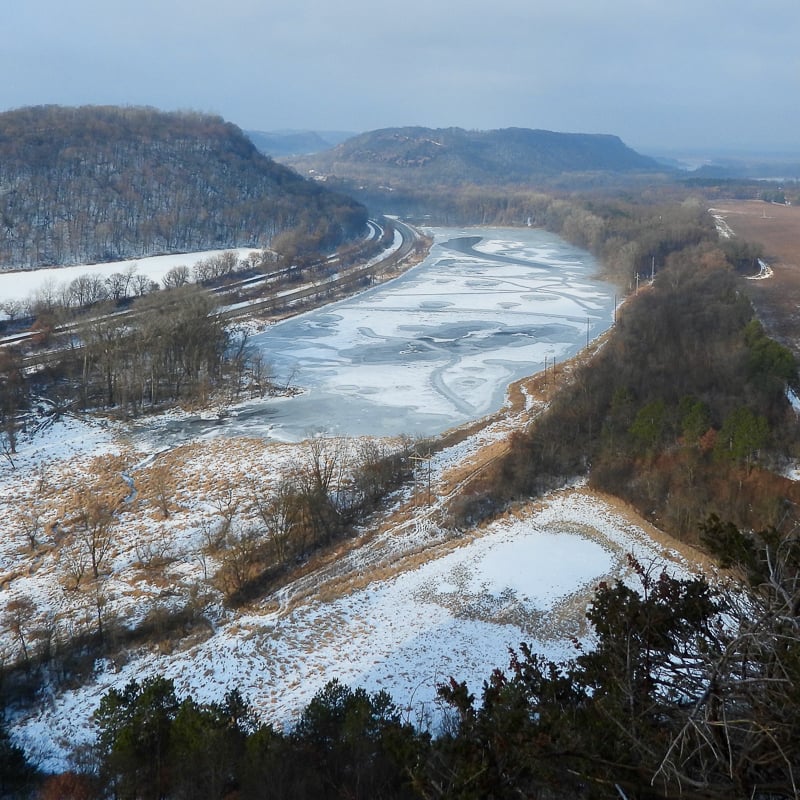
Handy links for more information and education
Frontenac State Park
Frontenac State Park Association
If you take pictures in the park, tag us on Instagram
Frontenac State Park bird checklist
Frontenac State Park on iNaturalist
Parks & Trails Council of Minnesota
Website for our township, Florence Township
Minnesota Master Naturalist programs
Red Wing Environmental Learning Center
Lake City Environmental Learning Program on FB
Visit Lake City
Zumbro Valley Audubon Society
Bruce Ause’s Wacouta Nature Notes blog
Marge Loch-Wouters’ Hiking the Driftless Trails blog

Frontenac State Park staff
Jake Gaster, park manager; Amy Jay, assistant park manager; Amy Poss, lead field worker
Parting shots

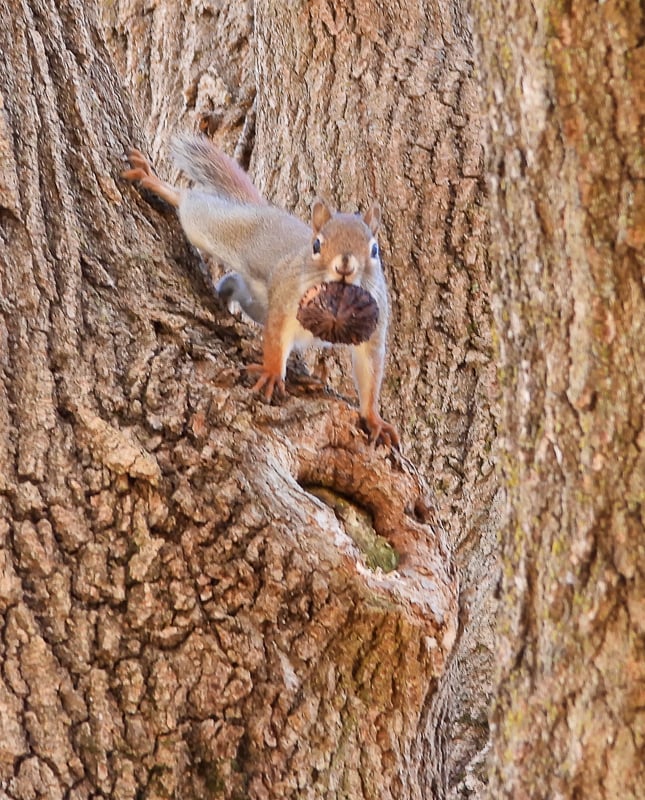

Thank you, readers and park visitors!
This is Volume 3, No. 11 of the Frontenac State Park Association newsletter, which was launched in April 2023.
Here’s where to browse the full archives of this newsletter.